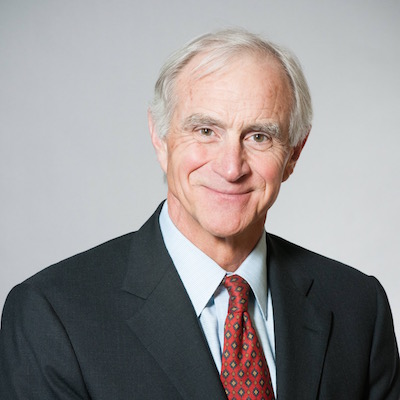Related Articles
The American Medical Association has tracked private health insurance consolidation over the past two decades. The organization recently released its latest study. (here)
Using federal guidelines for monopolies, the AMA researchers found that nationally 73 percent of health insurance markets are consolidated. A single insurer had 30 percent or more of market share in over 90 percent of markets. In almost 50 percent of markets, a single insurer had at least 50 percent of market share.
These numbers show a definite upward trend since 2014. For patients, this increasing consolidation means fewer insurance choices and predictably higher rates with the lack of competition.
Every year millions of Americans buy auto, home, and life insurance from national companies in competitive market places. People are savvy shoppers and have multiple choices when buying these types of insurance.
On the other hand, multiple government regulations set up barriers and restrict the formation of new private health insurance companies. (here) Also, the government monopoly entitlements of Medicaid and Medicare distort the health insurance market. Home and auto insurance companies do not have to compete with similar government programs.
People often view health insurance differently than other types of insurance. When a person says he has “great health insurance,” what he actually means is that his insurance covers nearly everything related to receiving health care, with essentially no out-of-pocket expense. This is analogous to a person having auto “insurance” that pays for routine maintenance services, including gas, oil, and brakes.
To control costs, increase choice, and maintain or improve quality, patients must be allowed to control their own health care dollars and make their own health care decisions. Insurance is an integral part of health care and individual financial security. Health insurance should not be treated as a price-controlled government entitlement; it should be available in a free, voluntary, and open market place, just like auto and home-owners insurance. (here)






